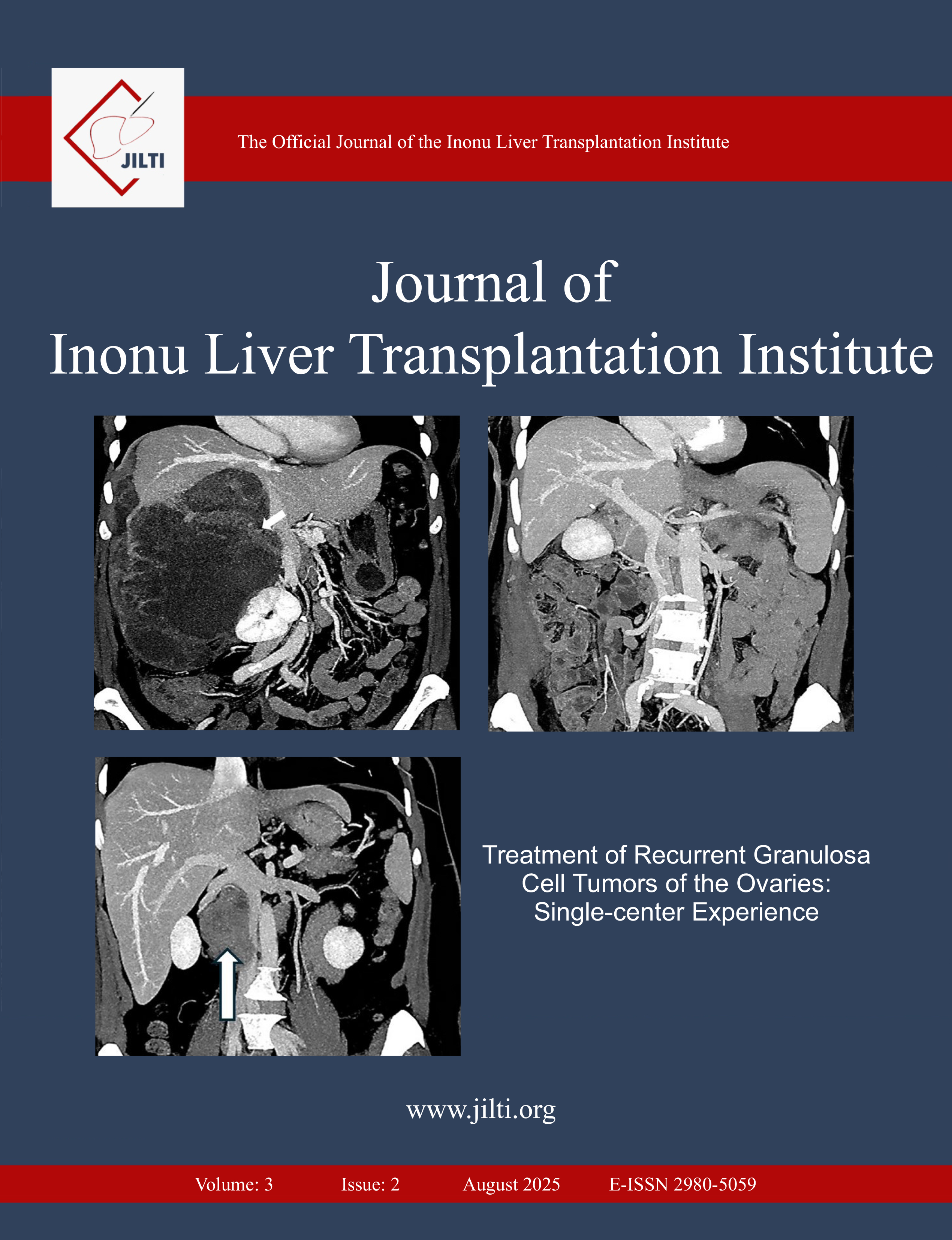Management of Late Hemorrhage from Hepatic Artery Pseudoaneurysm after Gallbladder Cancer Surgery: A Case Report
Oguzhan Sal1, Emre Adalier2, Gorkem Uzunyolcu1, Celal Caner Ercan3, Mehmet Semih Cakir3, Neslihan Berker4, Melek Buyuk4, Beslen Goksoy1, Kursat Rahmi Serin11Department of General Surgery, Istanbul Faculty of Medicine, Istanbul University, Istanbul, Türkiye2University of Pavia, Medicine & Surgery, Pavia, Italy
3Department of Radiology, Istanbul Faculty of Medicine, Istanbul University, Istanbul, Türkiye
4Department of Pathology, Istanbul Faculty of Medicine, Istanbul University, Istanbul, Türkiye
Gallbladder cancer carries a poor prognosis, with surgical resection being the only curative option. However, complex anatomy can lead to serious postoperative complications.
We present a case of a 58-year-old male who developed a hepatic artery pseudoaneurysm following radical laparoscopic cholecystectomy for gallbladder cancer. The procedure was complicated by an aberrant bile duct injury, requiring hepaticoduodenostomy. He had a high-flow biliary fistula postoperatively. On postoperative day 7, he presented with hemorrhage and hemodynamic instability. CT angiography revealed a pseudoaneurysm of hepatic artery, and emergency surgical exploration was performed after failed coil embolization. The pseudoaneurysm was repaired, and segment 6 resection was performed for anastomotic dehiscence and necrosis. The patient recovered, received adjuvant chemotherapy, and experienced no further complications.
This case emphasizes the need for multidisciplinary management in complex biliary surgery and highlights the potential for rare but serious complications like pseudoaneurysms.
Manuscript Language: English



